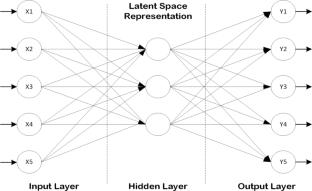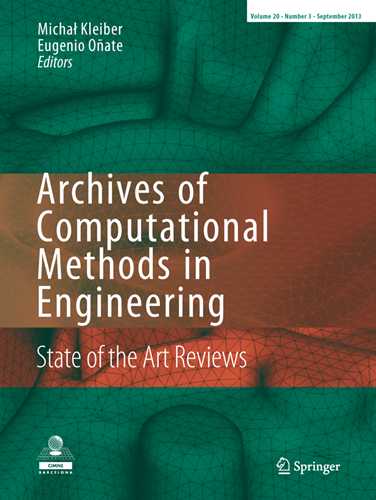Deep Learning Based Segmentation Methods Applied to DDSM Images: A Review
Abstract
Mammography is the first choice for screening of breast tissue for women aged 38 and above. There are two types of mammographic images, i.e. digitized screen film mammograms and direct digital mammograms. The accurate delineation and segmentation of breast masses from digitized screen film mammograms is considerably challenging task even for experienced radiologists keeping in-view the wide variations in appearances of breast masses buried in different background densities like fatty, fatty glandular and dense tissues. This study presents exhaustive exploration of deep learning based segmentation methods applied to original as well as preprocessed mammographic images from benchmark digital database for screening mammography (DDSM) images. The methods have been characterized as (a) instance segmentation models (b) semantic-segmentation models and (c) hybrid segmentation models. The judicial selection of data augmentation methods used for segmenting breast masses has been highlighted keeping in view the significance of preserving the shape/margin characteristics for diagnosis of breast masses. The shape characteristics being important for differential diagnosis and the significance of preserving the aspect ratio has also been highlighted. Various segmentation performance assessment measures have also been described. The challenges, proposed solutions and future recommendations in the design of DL based segmentation models for DDSM images have also been identified.


 求助内容:
求助内容: 应助结果提醒方式:
应助结果提醒方式:


